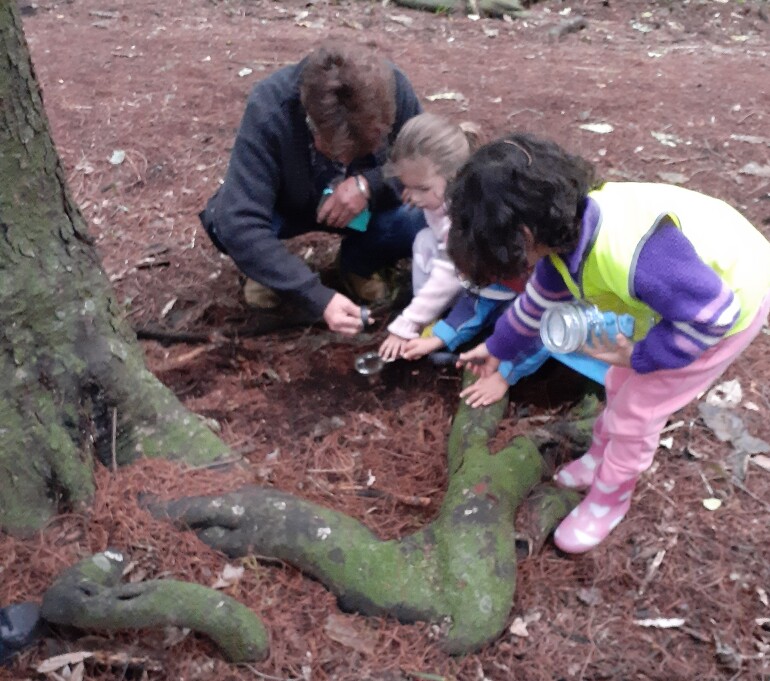News And Events

Science and Nature
5 September 2023Children are born scientists – they are innately curious about the physical environment and naturally open to making meaning through their exploration and conversations with others. Science teaching and learning is about introducing children to the ways scientists think about and investigate the physical environment. Scientists do this in two ways:
-
They explore and confirm ideas about the physical environment we live in through investigation and exploration.
-
They form hypotheses or “working theories” to make sense of the physical environment and identify these as science knowledge.
Children are engaged with science whenever they are learning about the world around them. This sort of play allows children to develop a perception of themselves as ‘explorers’ – competent, confident learners who ask questions and make discoveries.
Alongside this “western” framework of science sits a Te Ao Māori world view. An example of a difference between the two is that from a Te Ao Māori perspective, water and planet earth (papatūānuku) are living entities, while for western science they have been objects and substance with no life force.
In Aotearoa New Zealand, there is a growing interest, appreciation, and integration of mātauranga Māori (traditional knowledge) in our understanding of the world. A rich curriculum for science is one that acknowledges, respects, and draws on the similarities and differences between both world views.
Science and nature can help children to
- learn to question and investigate
- think and act
- discover how nature works
- learn the correct names for animals, plants and nature
- care for the well-being of others, including plants.
Adults can support children to learn about science and nature by
- nurturing their sense of exploration and curiosity
- creating an environment that promotes observation, exploration and explanation
- asking questions e.g. What do you think might happen? Why do you think that happened? What do you see happening?
- inviting them to describe what they see
- supporting them to touch, taste, listen, see and smell the items
- encouraging them to come up with their own explanations.
For further reading: https://tewhariki.tki.org.nz/en/teaching-strategies-and-resources/exploration/science/


